Where are the Dry Tortugas?
Ponce de Leon discovered the Dry Tortugas in 1513 and noticed an abundance of sea turtles . Turtles provided an important and easy food source for sailors, especially when they come up on the sand to lay their eggs. The islands began to be known as the ‘Tortugas’ (Spanish for turtles) and later were named ‘The Dry Tortugas’ by the British, not least to give sailors an indication of what they would find there, or rather what they wouldn’t find there. There is no fresh water source on the islands whatsoever.
The Dry Tortugas are situated about 70 miles from Key West and about 37 miles west from the Marquesas Keys. They form part of the Dry Tortugas National Park, which comprises about 100 square miles and mostly consists of ocean! This is why, once you pass the Marquesas Keys, and travel to the Dry Tortugas by ferry, you will see a lot of this:
The Dry Tortugas National Park is famous for its abundant and mostly undisturbed sea life and coral reefs, as well as its many shipwrecks and historic importance. Last but not least, it is also the seat of the magnificent Fort Jefferson, situated on Garden Key. Fort Jefferson is the largest masonry structure in the western hemisphere, featuring no less than 16 million bricks, all of which had to be shipped to this remote location.
How To Get There – By Boat
The Dry Tortugas National Park can only be accessed by boat or sea plane. Most visitors decide to travel from Key West using the Yankee Clipper ferry service. More information can be found on their website here. This is what we did, and although not cheap (a little under $200 per person), it was definitely worth it, even with the weather turning out less than ideal on the day:
The boat leaves between 7:30am and 8am, and gets to the Dry Tortugas at around 10:30am. All aboard for the return trip is at 2:45pm, to be back in Key West by 5:30pm. So you will be in time for dinner and perhaps even the Cat Man and his friends on Mallory Square for the Sunset Celebration!
Breakfast and lunch are included in the boat trip, although many people seemingly did not like the breakfast, as they couldn’t wait to get rid of it. Not in the conventional way, however! Yes, it was a pretty rough trip over. I spent most of my time with eyes firmly on the horizon hoping my breakfast would stay where it belonged!
Luckily, the staff of the Yankee Clipper 3 provided us all with these lovely and free ‘souvenir bags’. Proud to say I still have mine (unused!). Yes, I do recommend you take some sea sickness medication before you go. I certainly did!
How to Get There – By Sea Plane
Another option to get to the Dry Tortugas is by sea plane, which sounds exciting as well as pricey. At this time, the rates are around $300 per person for a half-day trip, or $525 for an all-day trip. The full day trip gives you a lot more time on the island than the Yankee Clipper tour, apparently you would get at least 6 1/2 hours of island time as opposed to about 4 with the Yankee Clipper.
How To Get There – By Charter And Private Boat
Fishing and dive charters are available out of Key West and also Naples, there is a helpful list available on the internet here.
As for private boats, this is possible if you want to make the long trip out there. I found this information about dockage and details on the National Parks website:
Private Boats
Private pleasure boats are welcome, but must be fully self-sufficient and must acquire a permit through the Park Rangers at Garden Key. U.S. Coast Guard and Geodetic Survey Chart #11438 is necessary for navigation to the Dry Tortugas.
Note for private boats – There are Visitor boat slips available for short term use to load and unload or tour the fort at Garden Key. These docks are not available for overnight – boats must anchor in the harbor overnight. There are no public docks at loggerhead.
We saw some private boats anchored off Garden Key:
What Is There To Do?
Stating the obvious first, of course you can visit Fort Jefferson, this incredible feat of mankind. Built with no less than 16 million bricks and building materials, all of which had to be shipped in. Some of the bricks came from as far away as Maine! The Yankee Clipper trip offers a tour of the fort included in the price. I recommend it, the tour guide we had – Jeff – was fantastic and so enthusiastic, it was contagious! If you have Jeff on your trip, don’t miss him, he is a great entertainer.
Beyond Fort Jefferson: you can walk around Garden Key (the name of the Key Fort Jefferson is constructed on) and just have a little picnic on the island. In fact I saw people taking out the lunch served on the boat, to eat on the island.
You can snorkel and swim amongst one of the world’s largest and most undisturbed natural reef systems, and see the abundance of sea life with your own eyes!
Sadly, we had bad weather and couldn’t snorkel, something I had very much looked forward to. Hence you are being treated to this picture of me resignedly walking Fort Jefferson like a restless ghost waiting for the storms to clear up (they never did):
What else? Camping! You can also camp on Garden Key. The Yankee Clipper 3 will take you and all your camping gear there and back. Just make sure you check all the details with them first as the space for campers is limited. Also, as there is no fresh water available on the islands, remember that you need to take everything with you, including drinking water and obviously all food you intend to consume. Personally, I can’t think of a better adventure – just think of all the stars you would see with no light pollution at night! Magical!
Some Historic Notes On The Amazing Fort Jefferson
You might be tempted to ask just why the young nation America back in the day decided to build this huge fort in the middle of nowhere and man it with nearly 2000 men. It seems like a folly indeed, until you realize that Fort Jefferson was designed to protect a vital lifeline, as well as the country from attack by sea.
The Dry Tortugas were one of the most strategic deep-water anchorages in North America. In real estate, one would say: location, location, location! This piece of real estate was situated on the direct route of one of the world’s busiest shipping lanes:
“In enemy hands, the Tortugas would have threatened the heavy ship traffic that passed between the Gulf Coast (including New Orleans, Mobile and Pensacola) and the eastern seaboard of the United States. It could also serve as a potential staging area, or “springboard” for enemy forces. From here they could launch an attack virtually anywhere along the Gulf Coast” (National Park Service)
Not only did it take nearly 30 years (1846-1875) to build Fort Jefferson, it was neither completed nor ever fully armed. Nor, in fact, did it ever see any military action whatsoever. I hear you ask: Why?
The sheer might of Fort Jefferson would have meant that any ship trying to attack this magnificent fort with its incredible gun power, would have been on a sure fire suicide mission. Fort Jefferson had been designed to be one massive gun platform with impenetrable 8 foot walls and 1000 guns heavy. No Captain in their right mind would take this on with much smaller and less stable guns on a ship. They would have risked getting sunk before firing a single shot.
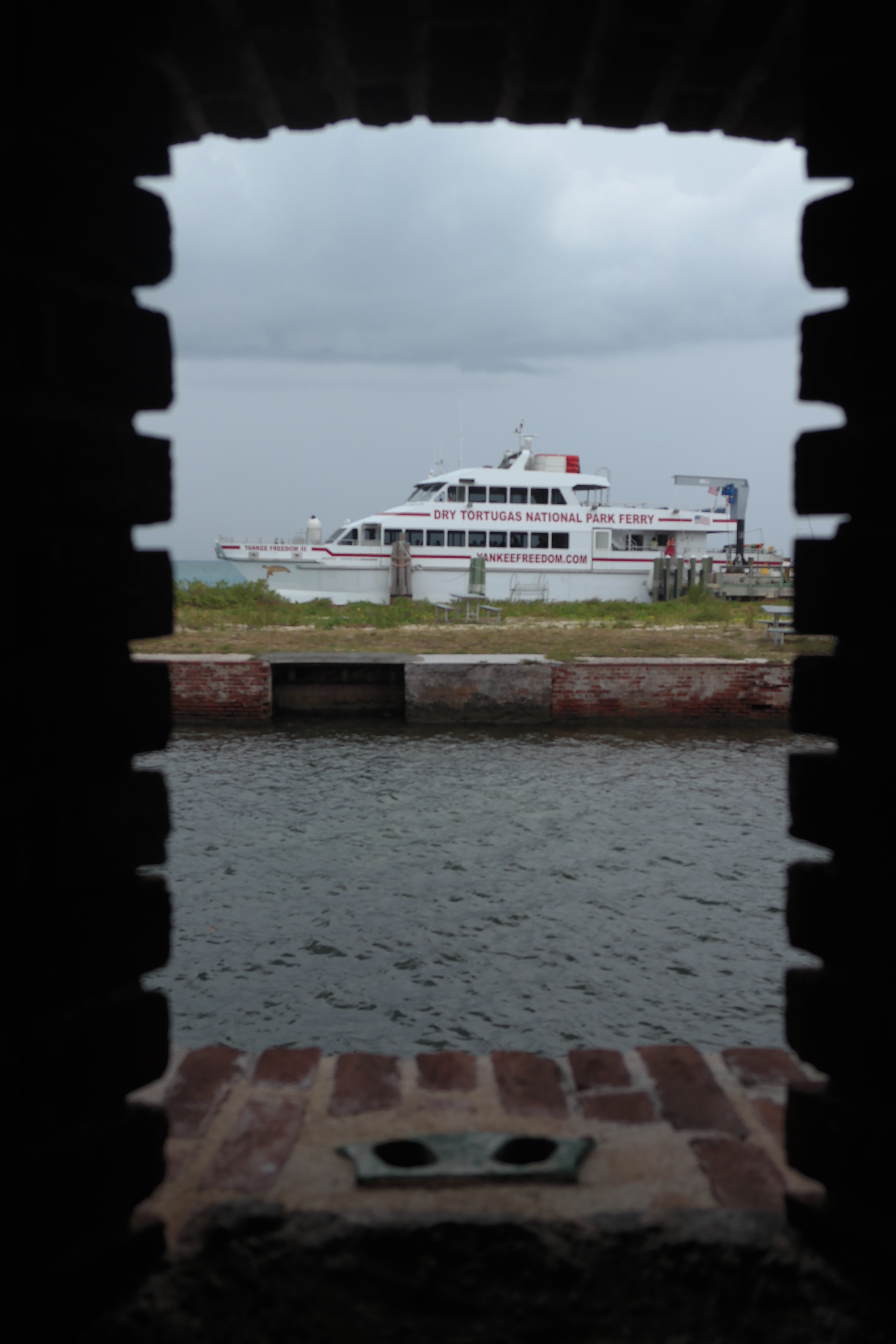 A Loop Hole In 8 Foot Thick Wall
A Loop Hole In 8 Foot Thick Wall
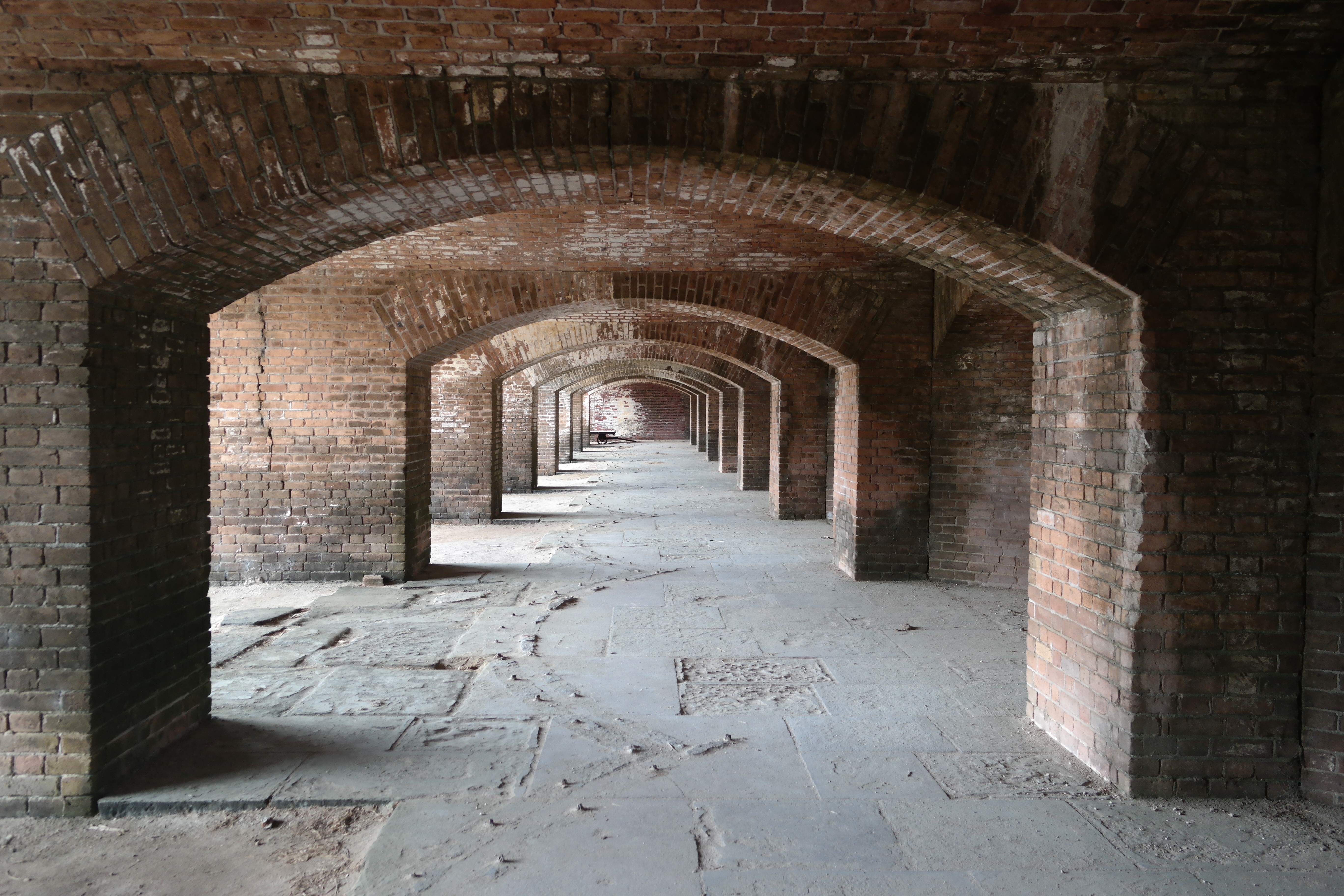 Gun Embrasures On The Ground Floor
Gun Embrasures On The Ground Floor
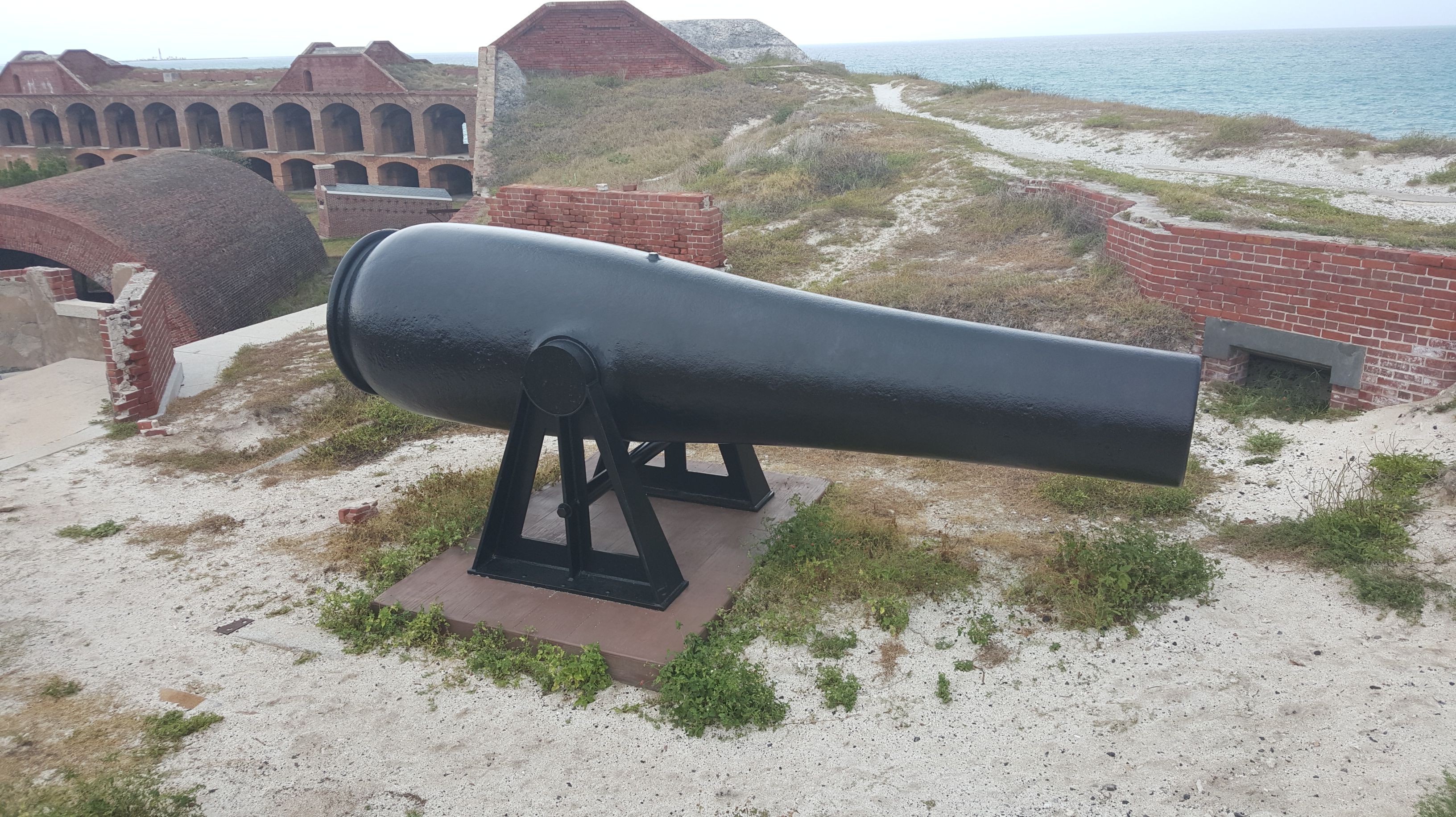
One Of The Few Remaining Of Once 420 Heavy Guns
“To protect the Tortugas Anchorage, Fort Jefferson featured some of the largest and most advanced weapons of its age. The fort’s largest guns, known as 15-inch Rodman smoothbores, weighed 25 tons a piece. With a crew of seven men they could fire a 432-pound projectile a distance of three miles” (www.drytortugas.com)
One thing to remember is that Fort Jefferson, now a fun and beautiful place to visit, would have been anything but fun and beautiful to the soldiers and civilians stationed here during its heyday, nearly 2000 souls. First and foremost there was the unrelenting heat. No air-conditioning, heavy uniforms and drills in the unforgiving tropical sun – you get the picture.
Then, there was the rationing of drinking water. The carefully constructed cisterns were deemed useless after fort walls settled, rendering the cisterns unstable and flooding with saltwater at high tide.
As if heat and rationed drinking water wasn’t enough, the outside moat was nothing less than a cesspit. It was never fully flushed out by the tide. Imagine the stench in this hot and humid tropical air.
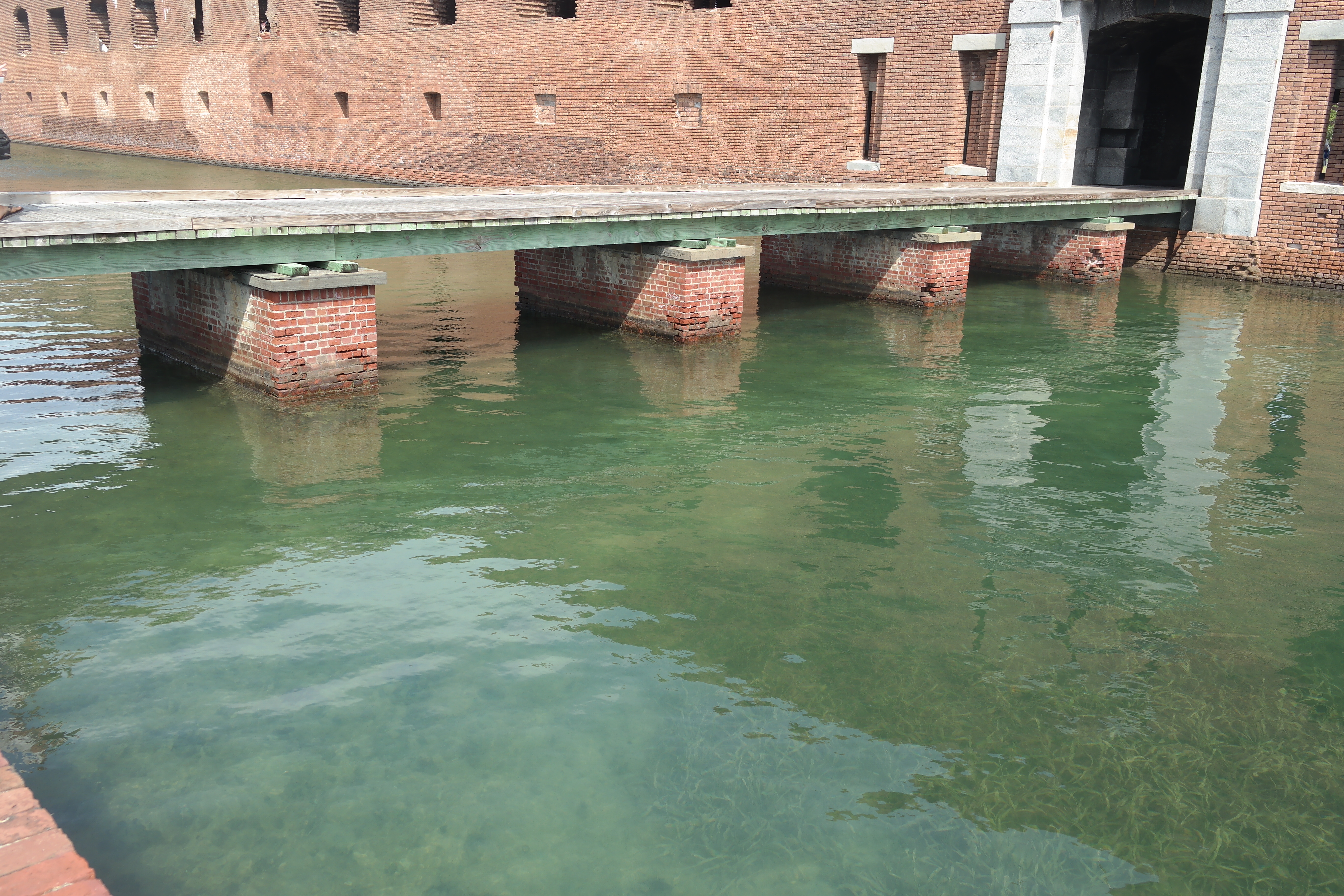
Oh, I almost forgot the food! The food came from the mainland and would usually be spoiled and rancid by the time it arrived in the Dry Tortugas. It was not a pleasant place to be back in the Day!
Fort Jefferson as a prison facility:
Fort Jefferson also served as a prison, mostly for deserters amongst the army prison population, with robbers comprising most of the civilian population incarcerated at Fort Jefferson.
Its perhaps most famous inmate was Dr Samuel Mudd, a medical doctor implicated in the assassination of Abraham Lincoln. He was incarcerated at the Fort from 1865 until 1869, when he was pardoned for having helped to stem the yellow fever outbreak that had a tight grip on Fort Jefferson in 1867.
The yellow fever outbreak caused great loss of life including that of the medical doctor and nurses at the fort. Mudd reportedly – with no regard to his own health and life – provided medical help and comfort to those struck down by the sickness.
 Dr. Samuel Mudd
Dr. Samuel Mudd
(image credit: www.wikipedia.com)
Fort Jefferson remained in Federal hands throughout the Civil War. With the end of hostilities in 1865, the fort’s population had declined to 1,013, consisting of 486 soldiers or civilians and 527 prisoners. (www.drytortugas,com)
By 1888, Fort Jefferson had outlived its usefulness. Expensive to maintain due to location, the debilitating tropical and saltwater environment and frequent hurricanes, the decision was made to disband the Fort. In 1888 the Army handed over the fort to be operated as a quarantine marine hospital station. In 1935, President Franklin D. Roosevelt designated the area as ‘Fort Jefferson National Monument’.
Fort Jefferson Today – Is It Worth A Visit?
The fort, due to its location and being exposed to the elements, is constantly deteriorating despite some efforts of preventative conservation. The iron shutters expanded whilst decaying and caused holes in many places in the masonry. The fort is also generally unstable in places due to settling and the endless pounding of storms and saltwater. Therefore, I would recommend to go and visit before parts of it will be cordoned off for members of the public, or a big storm causes damage.
It’s a great place also for snorkeling, with its waters being compared to those in the Bahamas, so probably the best you will get anywhere in Florida.
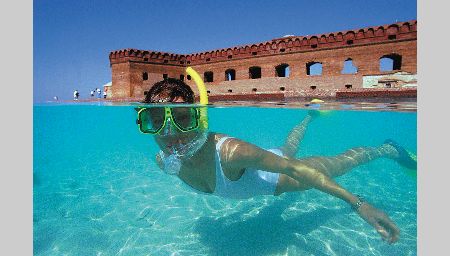
(image credit www.visitflorida.com)
I certainly want to go back, hopefully to see some of the underwater beauty next time in much better weather!
PS: I didn’t see Cletus, the lone salt-water crocodile that reportedly lives around Fort Jefferson after being washed out there in a Hurricane. If you do, let me know! Or better, send me a picture and I will include it in this post!
Any suggestions, tips, questions? I would LOVE to hear from you, please fill in the contact form below. Let’s connect!
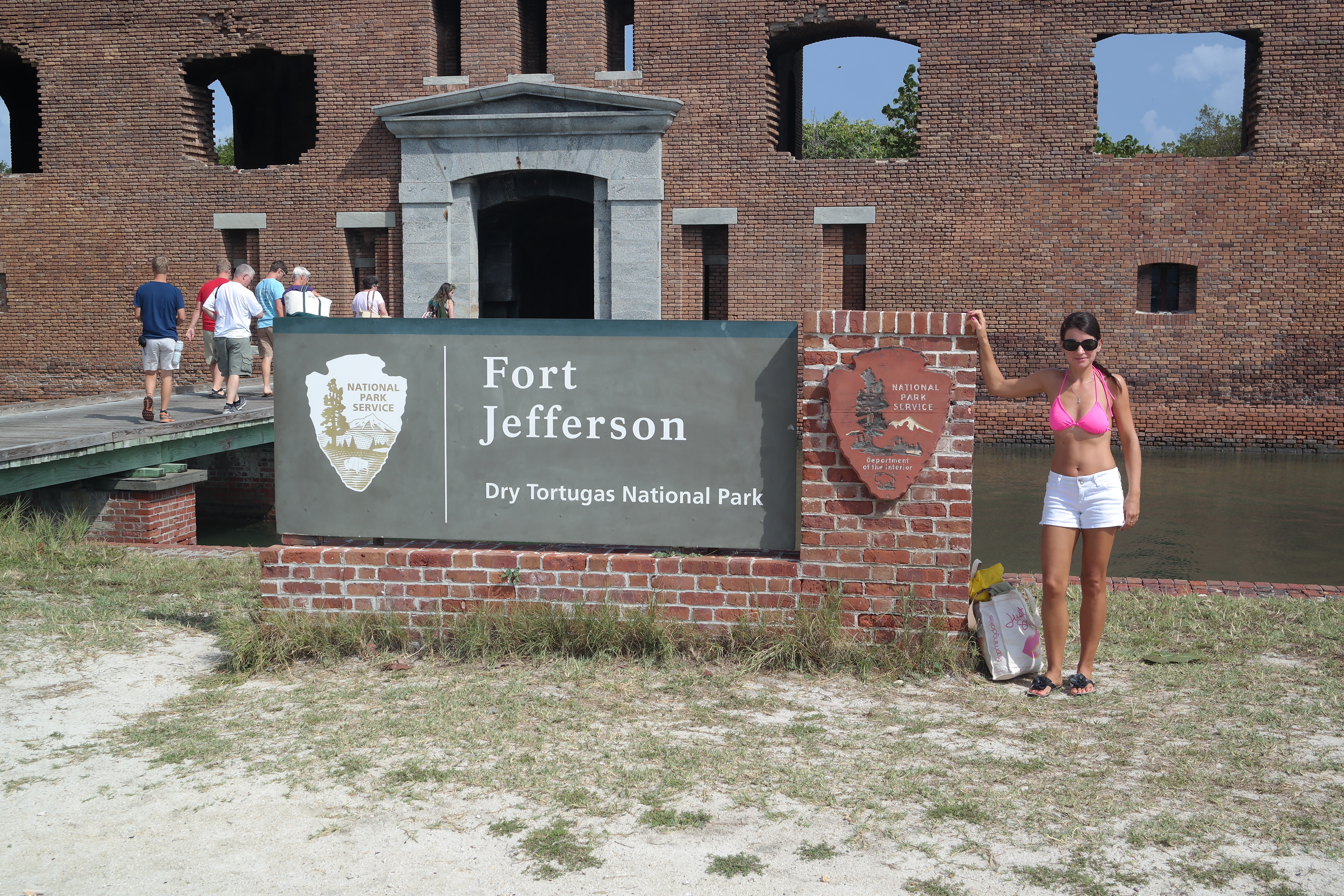
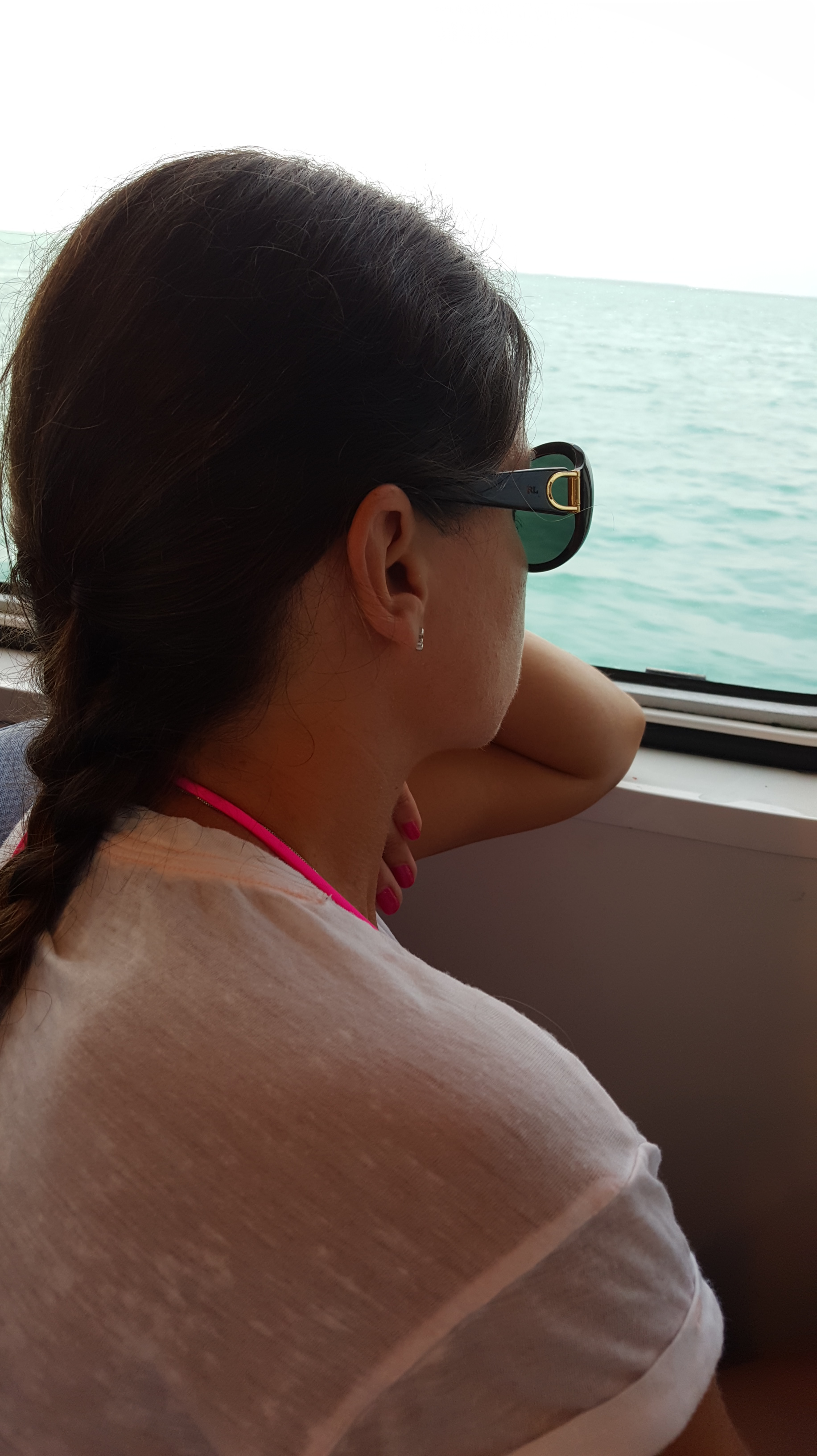


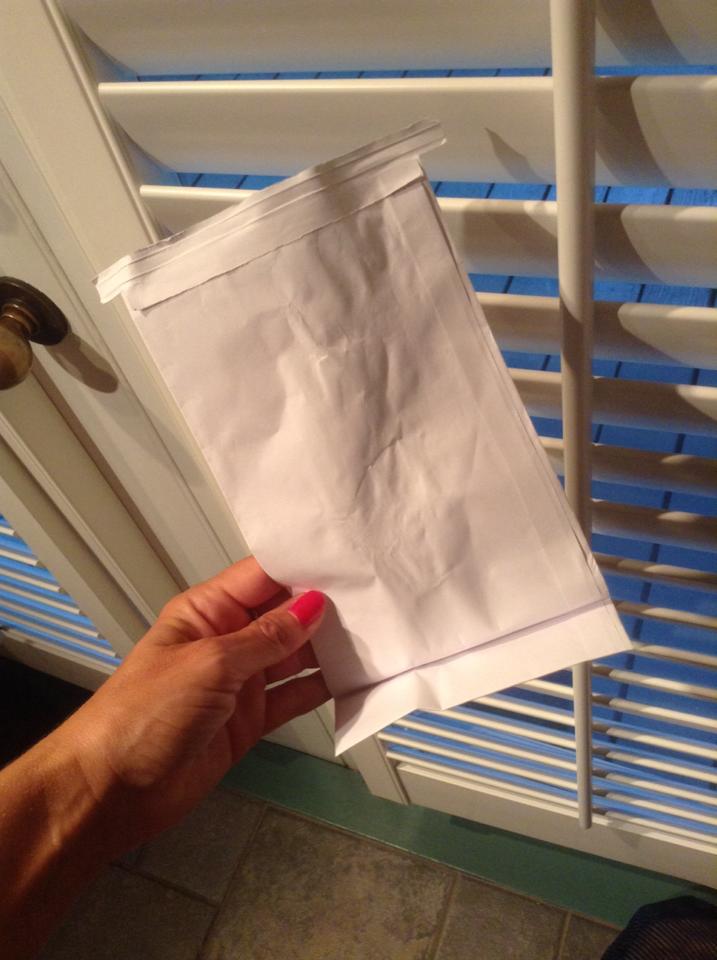

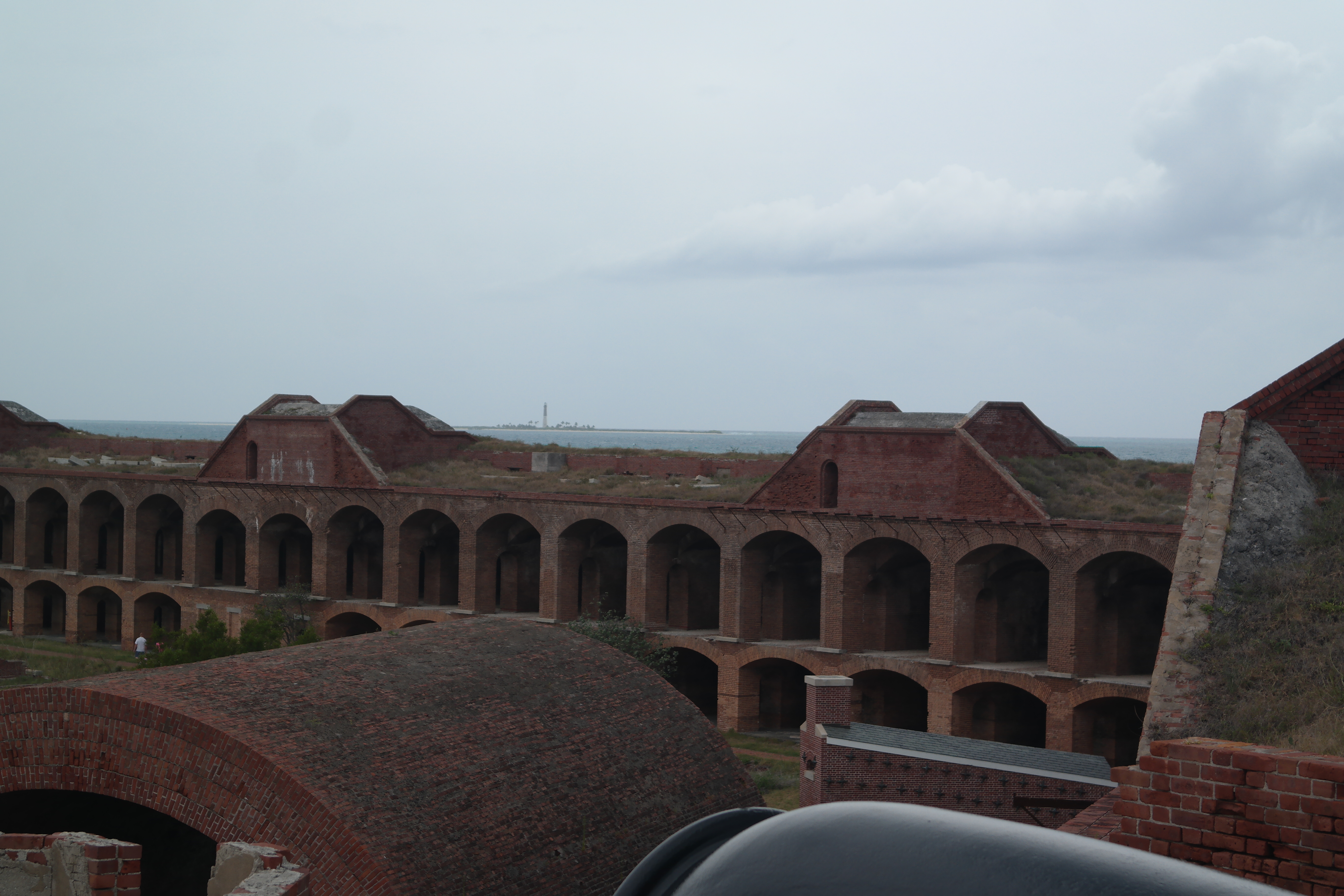
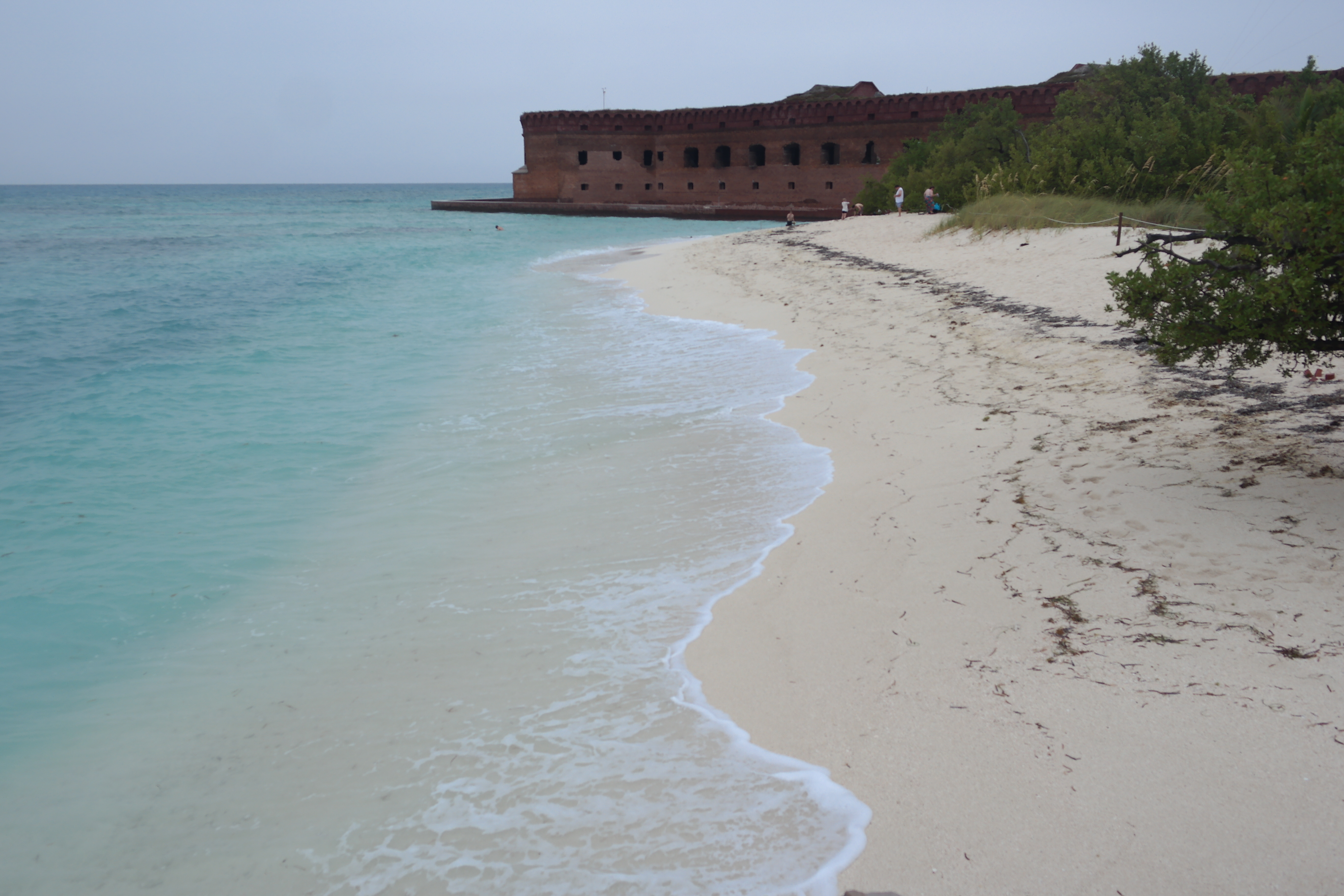

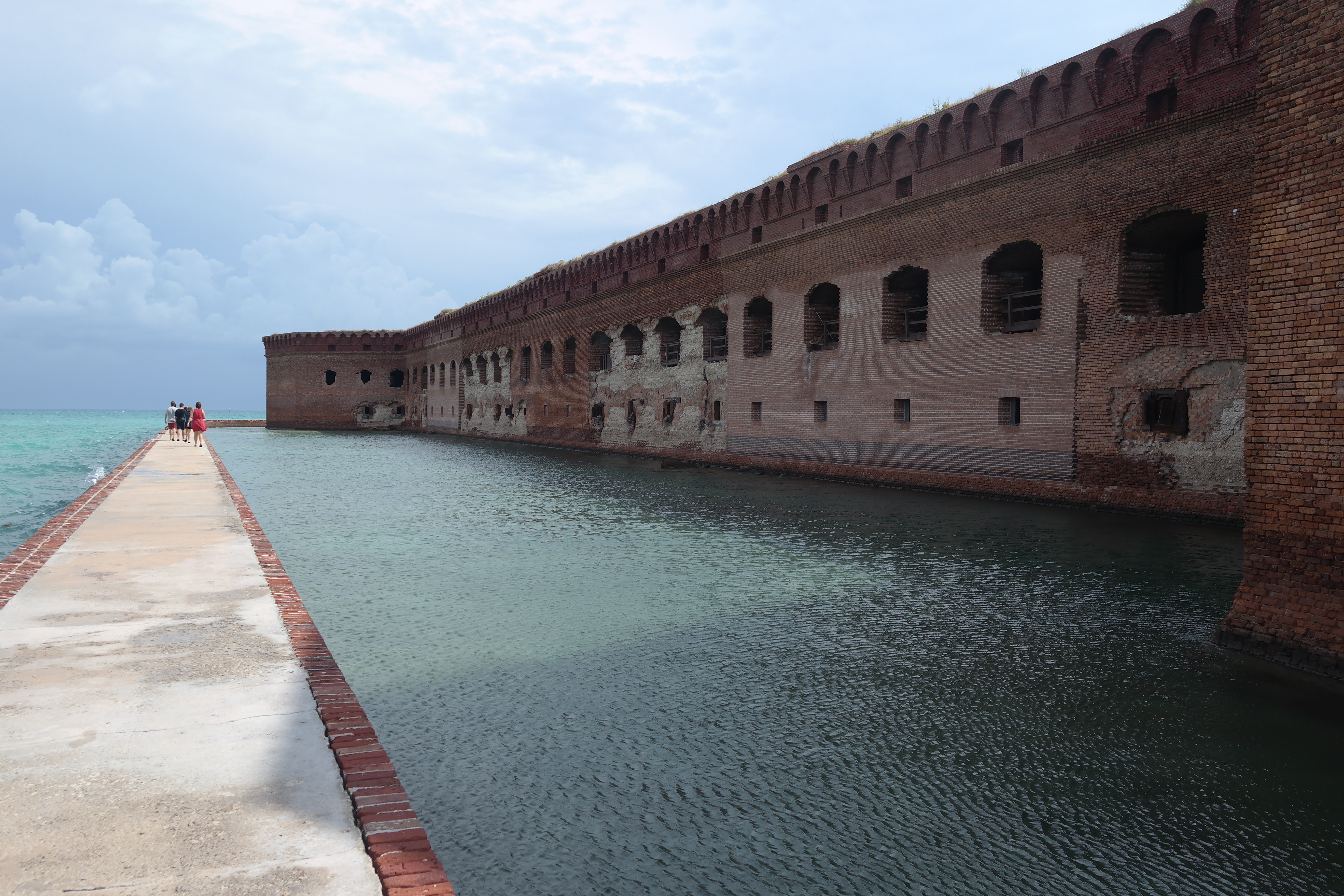
[…] This is a very special adventure and involves either a long boat trip or a sea plane flight out to the beautiful Dry Tortugas National Park. It is the only suggestion on my list that isn’t free or cheap, but it is worth every penny. The park lies about 68 miles west of Key West in the Gulf of Mexico and is home to some of the most fascinating scenery, history and snorkeling you will come across in this part of the world. I wrote an extensive article on the Dry Tortugas here. […]